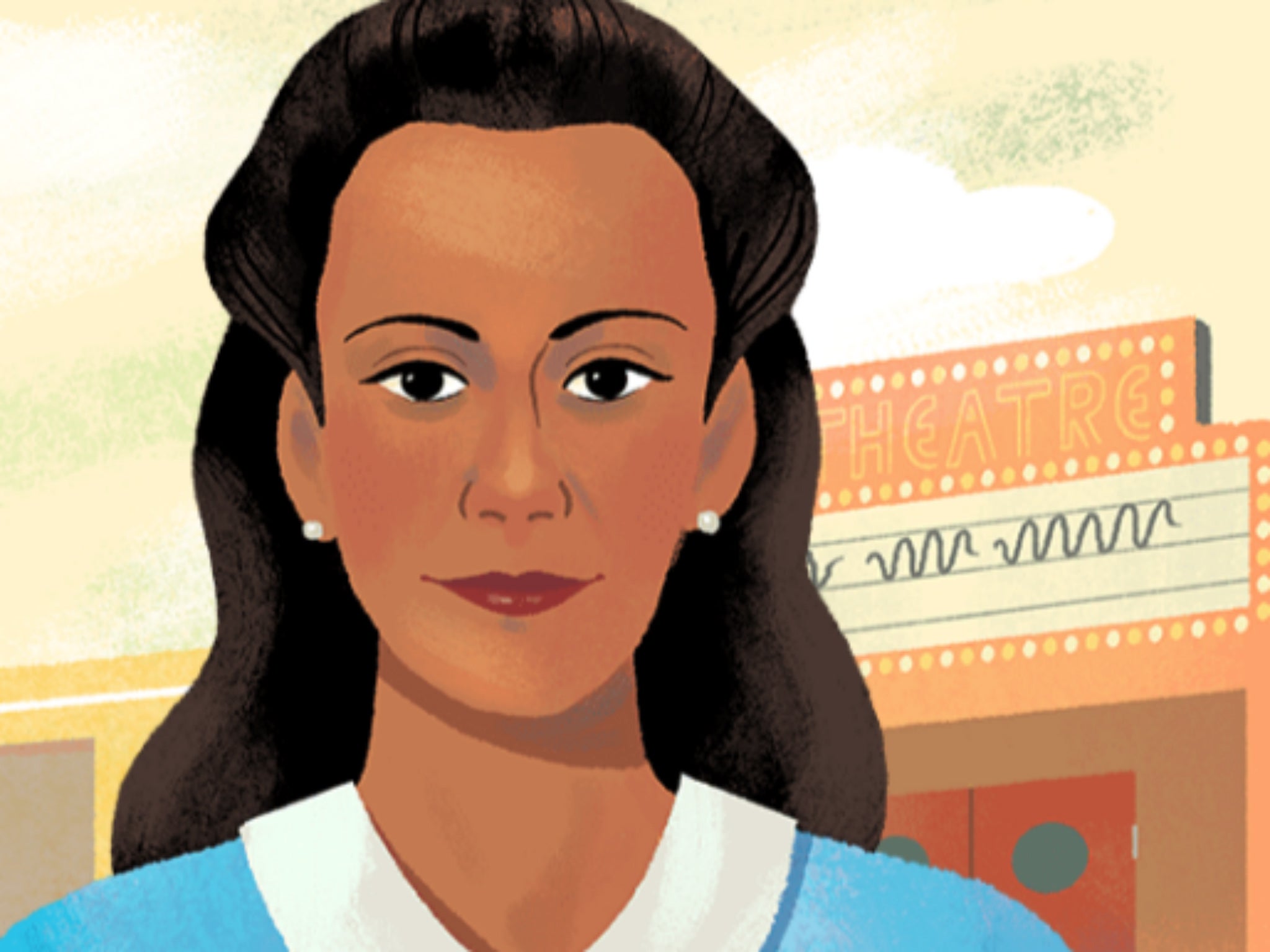Viola Desmond: Five questions about the iconic Canadian entrepreneur answered
Overlooked civil rights icon celebrated in a Google Doodle

Viola Desmond has become one of the most iconic figures in the Canadian civil rights movement, and has been honoured in a Google Doodle.
The entrepreneur, who would be 104 today, is best known for an act of defiance against racial segregation in 1946.
So who was Viola Desmond and why should we continue to remember and honour her?
What kind of business did she do?
Ms Desmond grew up wanting to be a hairdresser, but was rejected from the schools because of her race.
But she didn't let this stop her, going on to run a successful salon, open a beauty school and produce a line of makeup products specifically for dark skin.
How was she involved in the civil rights movement?
In a Nova Scotia cinema, Ms Desmond went to sit downstairs in the white-only area, rather than the balcony. She was asked to go sit upstairs because of the colour of her skin, but she refused.
Ms Desmond was physically ejected from the theatre by police, arrested, convicted and fined $20.
Despite campaigning from the local black community and attempts to appeal, she was not formally pardoned until 2010.
When did segregation in Canada end?
During the 1950s and 1960s, Canada enacted laws to that sought to erase tightened rules on immigration and rid the nation of segregation.
The last segregated school in Ontario closed in 1965, although the issue did not disappear. The last segregated school in Canada was based in Nova Scotia and closed in 1983.
‘Families belong together’ protests over Trump immigration policy
Show all 8Why was she pardoned in 2010?
On April 14, 2010, the Lieutenant Governor of Nova Scotia, Mayann Francis, gave Ms Desmond a posthumous, free pardon.
This unprecedented decision was particularly notable as the pardon recognised the conviction was an error, therefore difference to a simple pardon.
Mayann Francis is reported to have said at the time: "Here I am, 64 years later -- a black woman giving freedom to another black woman"
Why do people compare her to Rosa Parks?
Similar to Viola Desmond, Rosa Parks refused to move from a white-only seat in a segregated area. Ms Parks refused to move from her seat on a bus in 1955 Alabama, nearly 10 years after Ms Desmond's act of defiance.
Will she be on a banknote?
In further honouring of her legacy, Viola Desmond will become the first Canadian woman to appear on a banknote.
Subscribe to Independent Premium to bookmark this article
Want to bookmark your favourite articles and stories to read or reference later? Start your Independent Premium subscription today.

Join our commenting forum
Join thought-provoking conversations, follow other Independent readers and see their replies